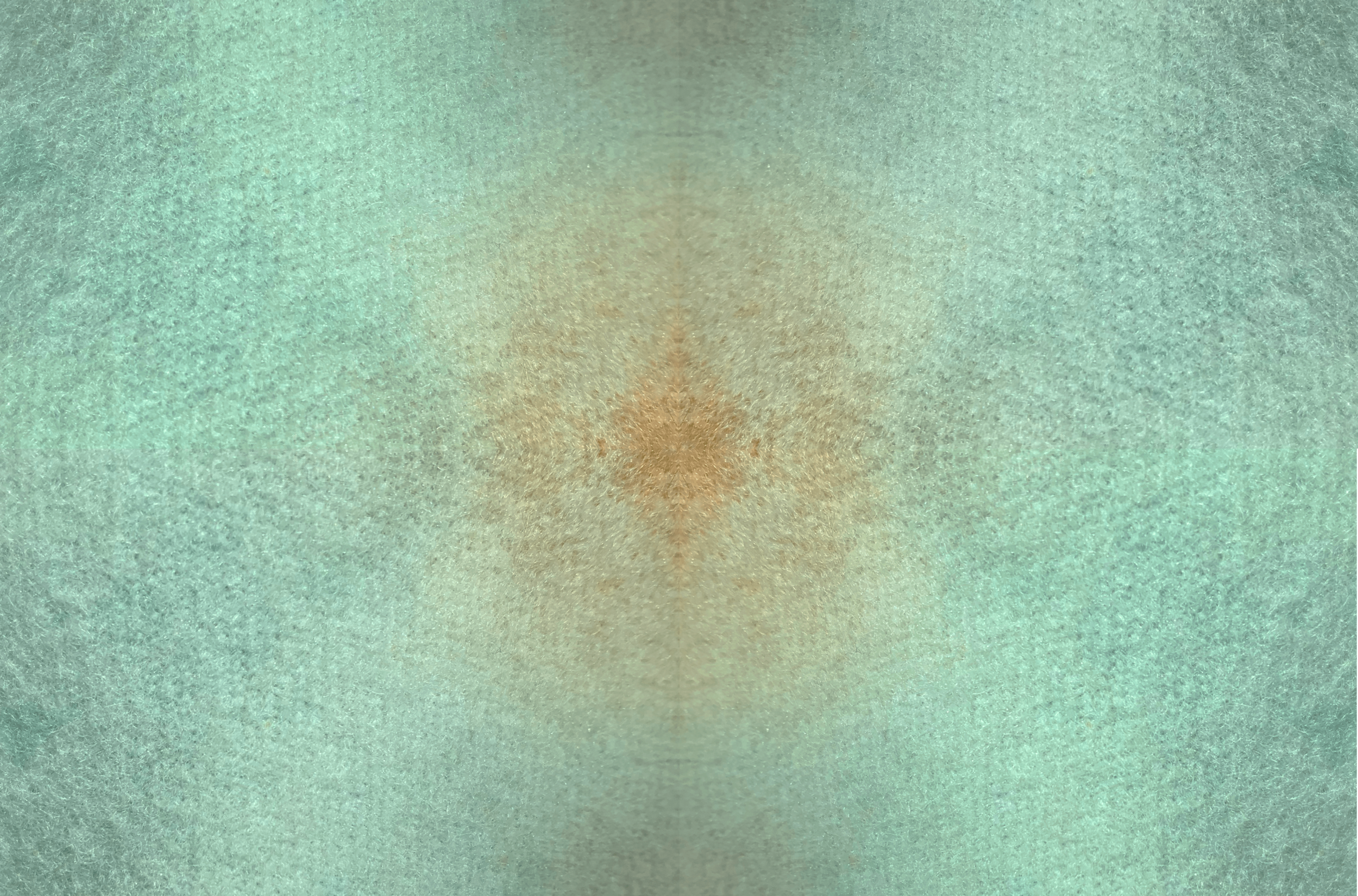
The Pedestal Coat
A tailored coat exploring themes of neglect, perfectionism, and how we cope with our pasts.
Front
Back
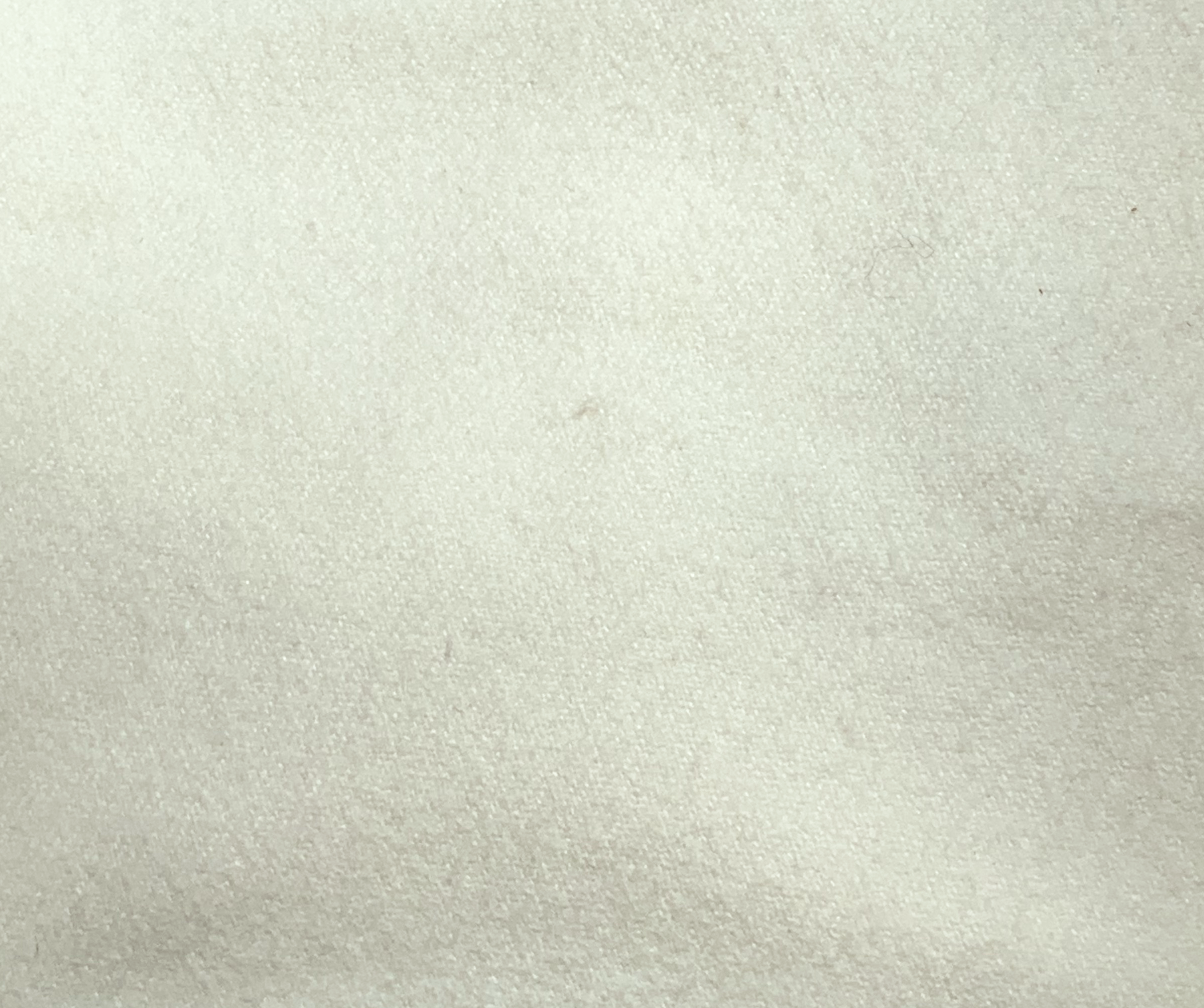
Three things happened at the inception of this project: confronting my own childhood neglect, studying tailoring, and learning to dye with rusted metal. Rust has always intrigued me, even as a child I loved the textures and colors on the rusty old cars my dad had scattered around his garage, which was a sort of playground for me. But my dad always told me that rust was a sign of neglect in the cars he had to fix, that if people just took care of the metal it wouldn’t rust through and rot away. In my mind, rust has been a symbol of neglect for a long time, so it felt right to be working with rust in a way that instead highlights its beauty.
Rusted Metal (before dyeing)
Using rust in that way, as if I were reclaiming it, fit with the mentality I had adopted to cope with having to confront my neglect: I was determined to not let a bad childhood define me, to work extra hard to make my adult life something good that I had control over. When I started to learn tailoring a few weeks later, it was described to me as a sort of professional armor, something you can wear and immediately feel put together and in control. With the building up of layers and attention to perfection through fit, tailoring a coat is similar to building up one’s defenses to reveal the final product of this perfectly cultivated image.
Rust Dyeing Effect
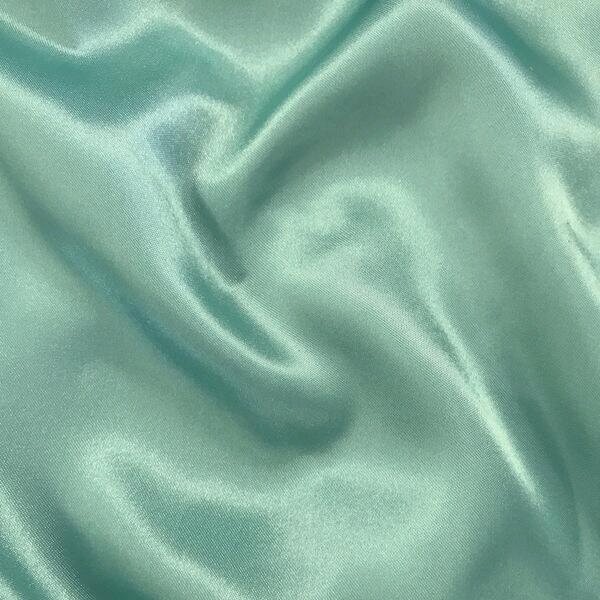
Tailoring
I spent the entire summer learning traditional tailoring techniques while also brainstorming ways to incorporate and support the metal in a way that worked with the tailoring, and I absolutely fell in love with the process. Tailoring is far more sculptural than other forms of clothing making, and I could just feel a world of possibilities opening up to me as I learned how to pad stitch and steam shape the wool, how to give adequate support to a garment without making it obvious, how to pay attention to small details that wouldn’t have been as obvious before, and how to adapt a garment to a specific body to make it just perfect.

Incorporating the metal aspects of the coat required some planning and improvisation in order to find the best way to distribute and support the added weight of the plates in a way that seamlessly worked with the traditional layering of tailoring.
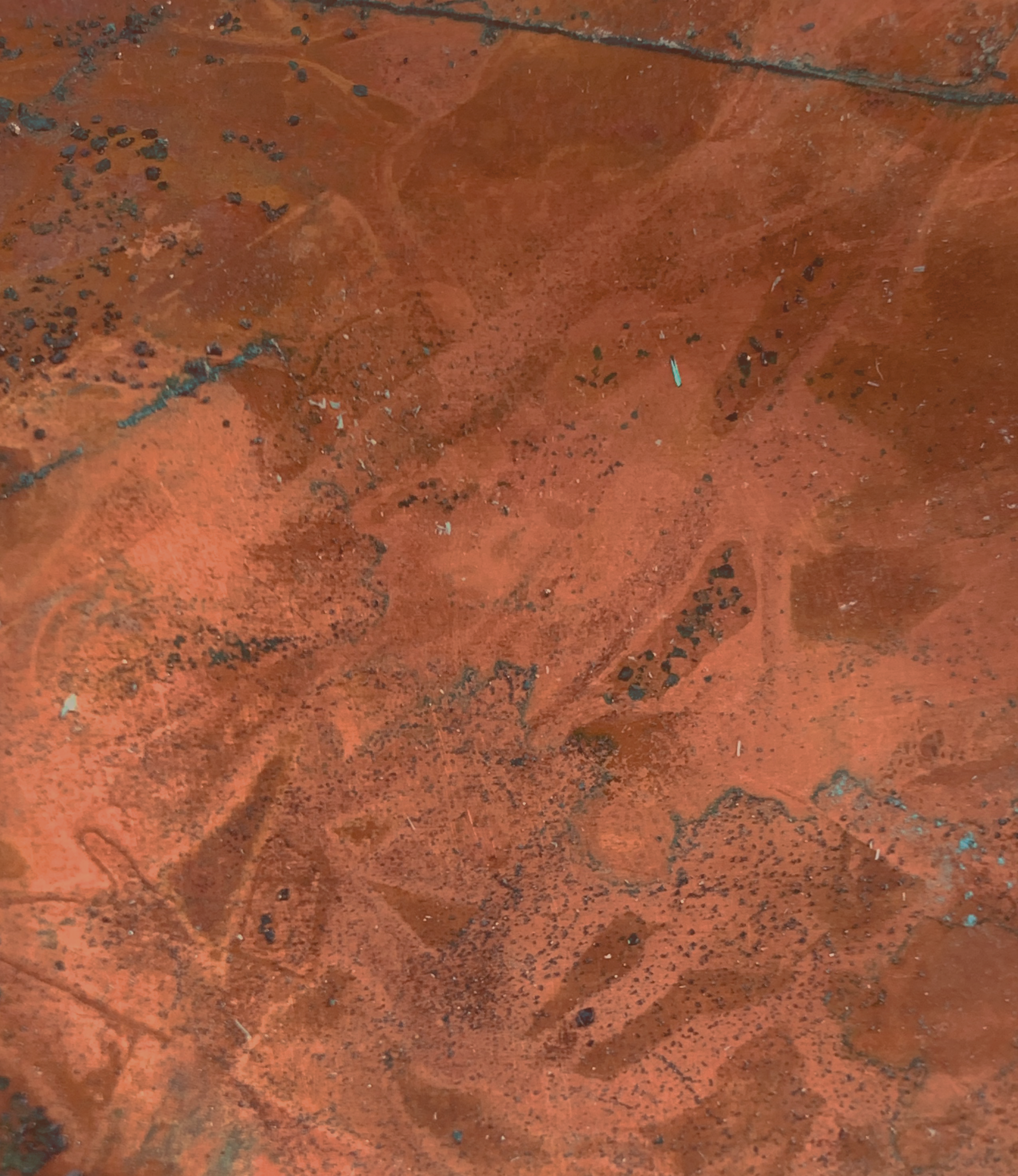
Metal Aspects
By the end of September, I had completed all the traditional aspects of the coat and had built in the supports needed for the metal; things did not go to plan. This project was originally a collaboration but became a solo project when the plates still weren’t done by April. Over the next few months I took it upon myself to finish this coat, learning how to work with metal and chain so that I could get to the final step of actually dyeing the coat with rust from the plates.
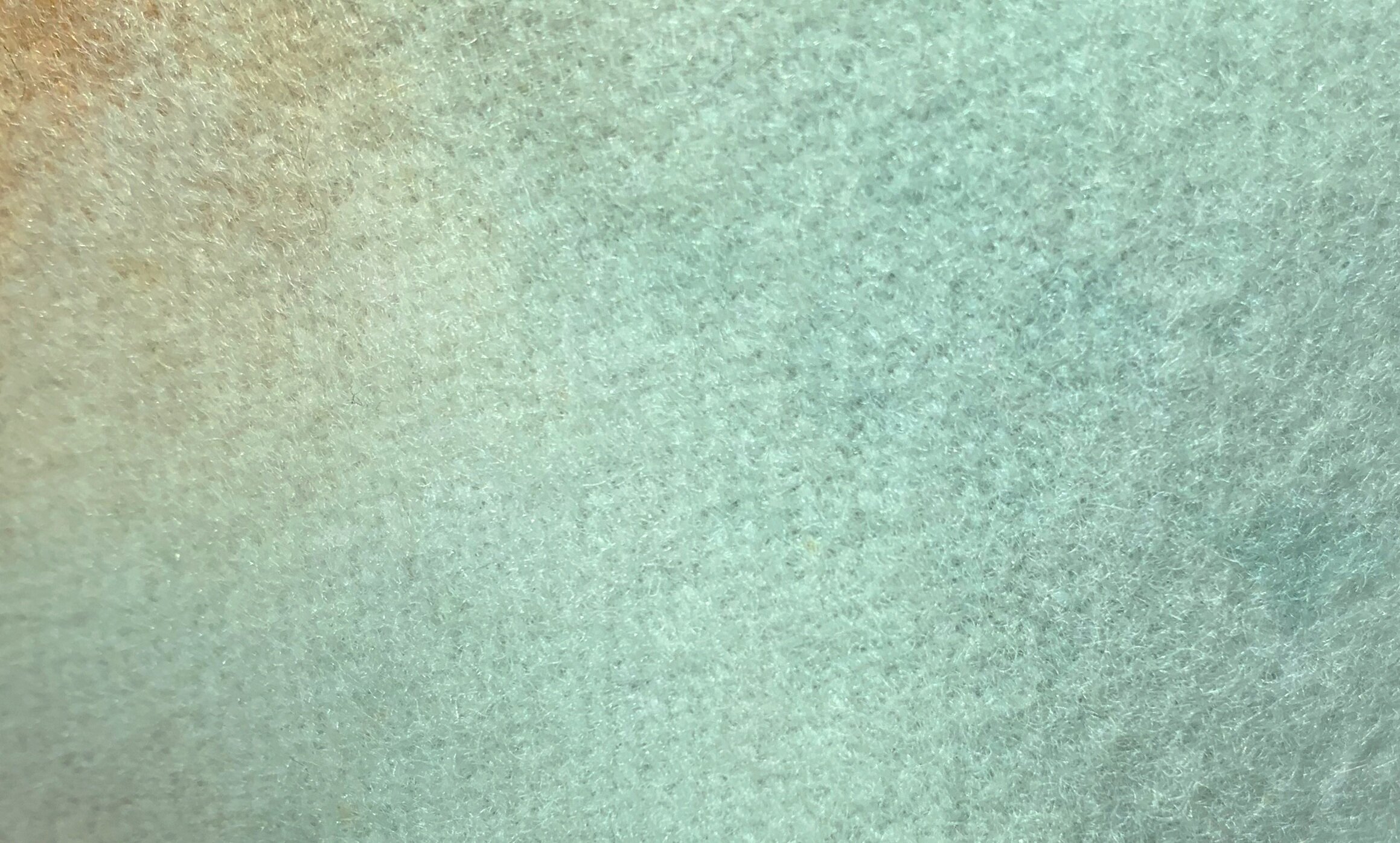
Rust Dyeing
Once the metal aspects were attached it was finally time to rust dye, the original inspiration for the coat. Using distilled white vinegar I was able to form a patina on the copper plates, and then used saran wrap to hold the pigment in place as it oxidized and turned a beautiful shade of teal. As the plates patinate the pigment leaches into the surrounding wet wool, dyeing the coat.

By the time I had all the metal pieces attached and ready to dye, a whole year and a half after starting the project, I feel like I really have let some of that perfection go over time.
No matter how much prep and and planning you do for dyeing, it’s never an exact science with a perfect result, but that doesn’t bother me so much anymore. I think that’s part of the beauty of the dye process: it’s always a slight mystery what the end result will be and the best laid plans always go awry, so you can only do your best and think on your feet, for a beautiful original result. If that’s not the ultimate counter to perfectionism I don’t know what could be. The unpredictability of the dye reminds me of how I loved the beauty of rust despite its neglect and grunginess; in fact that imperfection is what created something unique and inimitable. Without the rust on the metal, each piece would look the same, but with the rust each plate is unique.

Just as the rust makes each plate unique, I am made unique by my experiences, and without them I wouldn’t be me;
I can accept the things I’ve gone through in the past and look forward to a future that’s never certain because I know that these experiences shaped who I am and I will continue to grow and change. I like who I am, and my individuality wouldn’t be possible without unpredictability and imperfection throughout my life, and I’ll be ok if I continue to be there for myself instead of continuing bad patterns learned in the past, and let myself off the pedestal I’ve placed myself on.
















